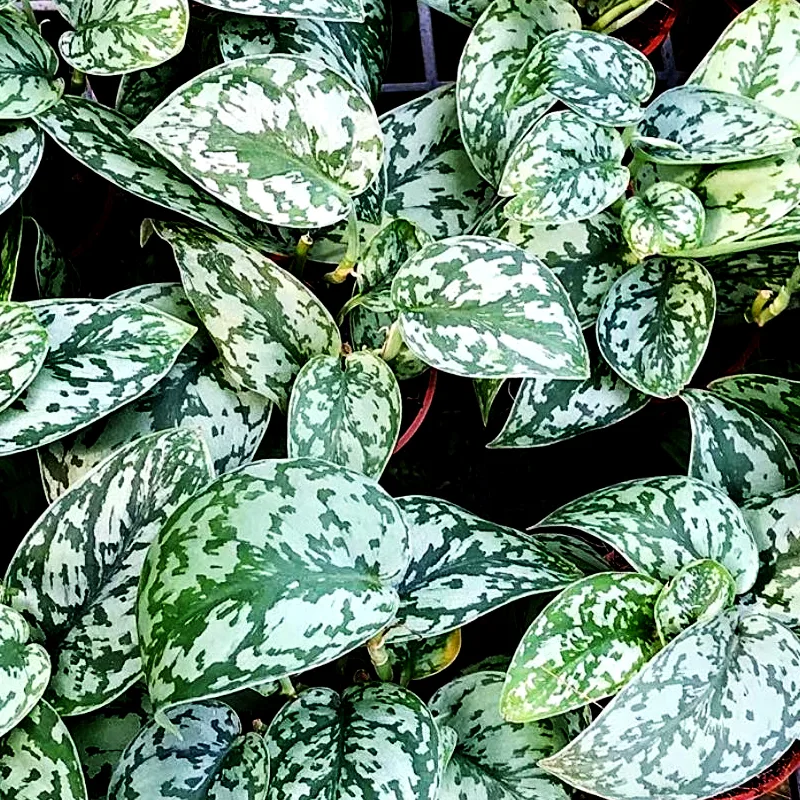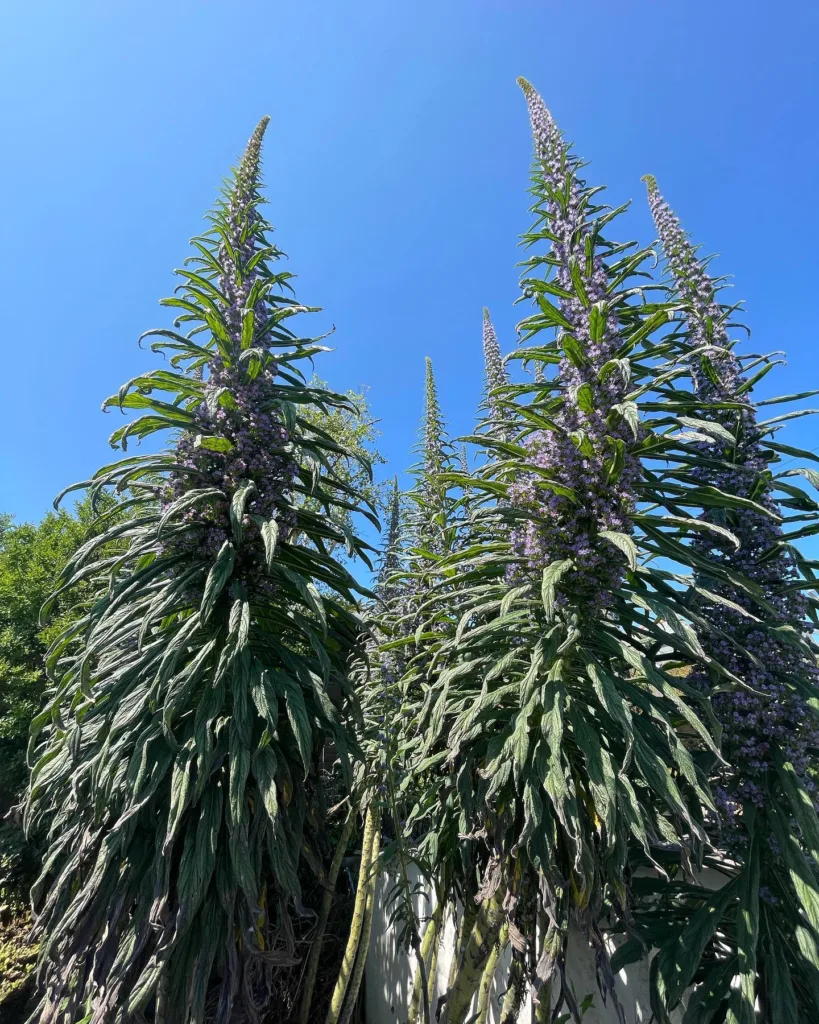FAQs About Portulaca Umbraticola: A Comprehensive Guide
If you’re passionate about adding vibrant colors to your garden, Portulaca Umbraticola, also known as Mojave Pink Purslane, is an excellent choice. This resilient plant brings a splash of beauty with its bright pink blooms and succulent foliage. Here’s a detailed guide to everything you need to know about growing and caring for Portulaca Umbraticola.
Plant Family: Portulacaceae – 154 Species in Genus Portulaca
What is Portulaca Umbraticola?
Portulaca Umbraticola, commonly known as Mojave Pink Purslane, is a drought-tolerant succulent that belongs to the Portulacaceae family. It’s celebrated for its vibrant, pink, or reddish flowers and fleshy, green leaves. This plant thrives in hot, sunny environments and is perfect for adding color to garden beds, containers, and hanging baskets.
How to Garden Mojave Pink Purslane Portulaca Umbraticola?
Gardening with Portulaca Umbraticola is relatively straightforward, thanks to its low-maintenance nature. To ensure your plant thrives:
- Soil: Choose well-draining soil. A sandy or loamy mix works best. Avoid heavy, clay soils that retain too much moisture.
- Sunlight: Plant Mojave Pink Purslane in a location that receives full sun. It thrives in bright, direct sunlight and needs at least 6 hours of sun exposure daily.
- Watering: Water sparingly. This plant is drought-tolerant and prefers dry conditions. Overwatering can lead to root rot, so allow the soil to dry out between waterings.
How to Care for Portulaca Umbraticola?
Caring for Portulaca Umbraticola involves a few simple steps:
- Fertilization: Feed your plant with a balanced, water-soluble fertilizer once a month during the growing season. Avoid over-fertilizing as it can lead to excessive foliage growth at the expense of flowers.
- Pruning: Remove dead or spent flowers to encourage continuous blooming. Pruning also helps maintain a compact shape and removes any damaged or diseased parts.
- Pests and Diseases: Portulaca Umbraticola is generally pest-resistant but watch out for aphids or spider mites. If you notice any issues, treat with insecticidal soap or neem oil.
How to Propagate Portulaca Umbraticola?
Propagating Portulaca Umbraticola is easy and can be done through stem cuttings:
- Cuttings: Take healthy, 4-6 inch cuttings from the tips of the stems. Remove the lower leaves.
- Rooting Medium: Place the cuttings in a well-draining mix, such as a combination of sand and peat moss.
- Conditions: Keep the cuttings in a warm, sunny spot. Water lightly and ensure the soil remains moist but not soggy.
- Transplanting: Once roots develop, usually within a few weeks, transplant the new plants into their desired location.
What to Plant With Portulaca Umbraticola?
Portulaca Umbraticola pairs well with various companion plants:
- Succulents: Other succulents like Echeveria or Sedum complement its appearance and thrive in similar conditions.
- Grasses: Ornamental grasses can provide a contrasting texture and add a dynamic element to your garden.
- Annuals: Plants such as Marigolds or Zinnias add vibrant colors that enhance the visual appeal of Portulaca Umbraticola.
Can You Grow Portulaca Umbraticola Indoors?
Portulaca Umbraticola can be grown indoors if you provide it with sufficient light. A south-facing window or a grow light will help mimic its natural sunny habitat. Ensure the indoor environment is warm and well-ventilated. Avoid placing it in areas with high humidity or frequent cold drafts.
Is Portulaca Umbraticola Toxic?
No, Portulaca Umbraticola is not considered toxic to humans or pets. It is safe to grow around children and animals. However, as with all plants, it’s a good idea to prevent pets from chewing on foliage to avoid any potential digestive issues.
Benefits of Growing Portulaca Umbraticola
- Low Maintenance: Its drought tolerance and minimal care requirements make it ideal for busy gardeners.
- Visual Appeal: The vibrant blooms add a pop of color to gardens and containers.
- Versatility: Suitable for various settings, including hanging baskets, window boxes, and ground covers.
Common Problems with Portulaca Umbraticola
- Overwatering: Leads to root rot and unhealthy plant conditions. Ensure proper drainage and avoid excessive watering.
- Pests: While rare, aphids and spider mites can occasionally affect the plant. Regular inspection and treatment can prevent infestations.
Compare Portulaca Umbraticola with Similar Plants
Portulaca Umbraticola vs. Portulaca Oleracea: While both are in the Portulacaceae family, Portulaca Oleracea (common purslane) has a more upright growth habit and is often used for culinary purposes. Portulaca Umbraticola, on the other hand, has a more sprawling growth and is primarily used for ornamental purposes.
In conclusion, Portulaca Umbraticola is a vibrant and easy-to-grow plant that can brighten up any garden space. By following these guidelines on gardening, caring, and propagating, you’ll ensure a flourishing display of Mojave Pink Purslane in your landscape. Whether you’re a seasoned gardener or a newbie, this plant is a fantastic addition to any green space.
If i die, water my plants!



